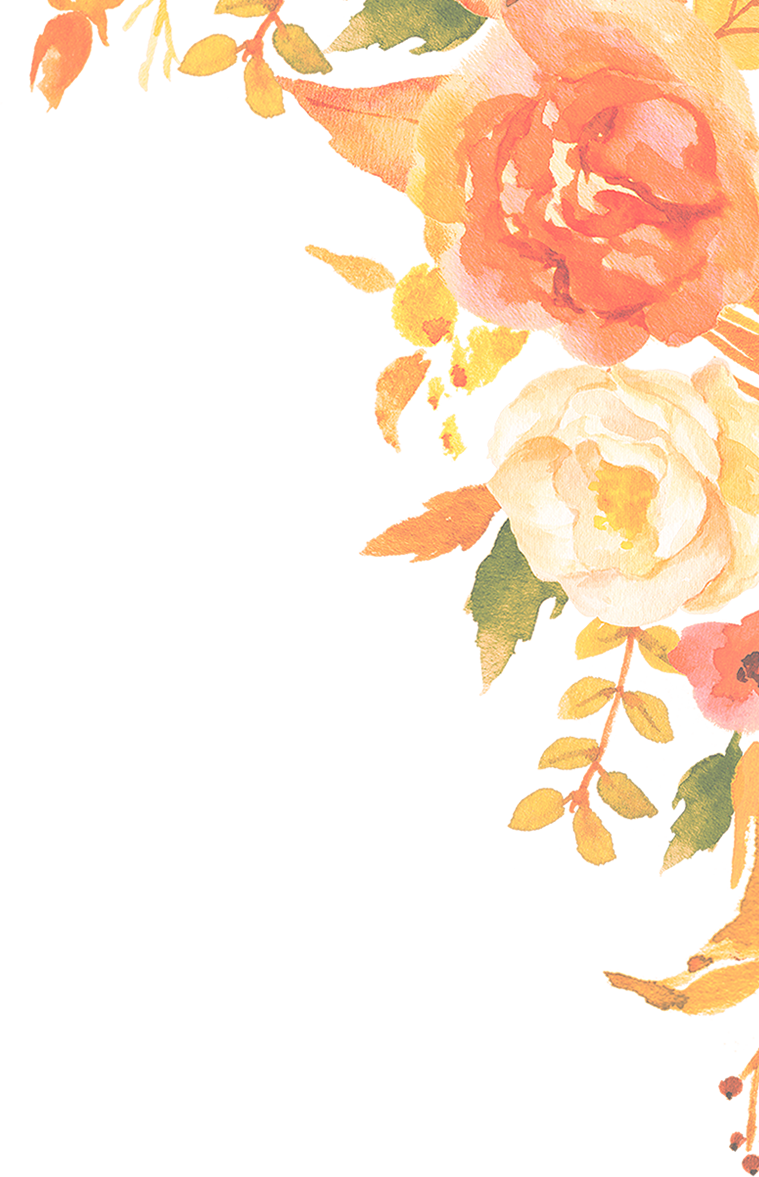



I simply enjoyed every activity and every week. All opened my eyes to a bigger, brighter world with loads more opportunities.
-PAST CLIENT
How does one increase psychological wellbeing without needing to involve others? And why are some people who spend a lot of time on their own nevertheless very happy in those hours? Welcome to the concept of flow. Professor of Psychology Mihaly Csikszentmihalyi discovered flow whilst researching the creative process, and he is now the world authority on this broad and fascinating subject. In one sweep, flow explains why we enjoy a range of activities ranging from sex to sport to learning to giving our best at work.
Csikszentmihalyi defines flow as the experience of full engagement, when the body and/or the mind are stretched to the limit in a voluntary effort to accomplish something difficult or worthwhile.1 Martin Seligman describes it as engagement, “being one with the music, time stopping, and the loss of self-consciousness during an absorbing activity”. Seligman points out that there are no shortcuts to flow; it requires that we use our best strengths and talents to achieve it.2 According to Sonja Lyubomirsky, flow takes place in a defined space, namely between our skills and the challenge of those skills. If the challenge set is too great, we will end up feeling anxious; yet if it is too easy, we will become bored. Importantly, we have to keep setting new challenges in order for our activities to bring us into the state of flow. 3
Flow can be experienced in many different ways. According to Csikszentmihalyi, we can experience flow through the body, by training it to go higher, faster or be stronger; or through movement, sex, or body control such as yoga; and via sensing, including seeing, hearing and tasting.4 Flow can also occur in thought; in memory, theoretical thinking, in conversation, writing, and learning.5 Relationships and human interaction also provide opportunities for flow.6 Nakamura and Csikszentmihalyi point out that the conditions of flow are in place when we stretch our existing skills, set clear goals and get immediate feedback on our progress.7 For example, if we are climbing a cliff, the goal is to get up the top, and we can see how we are progressing by how far up we are. If we are playing chess, we play to win and can gauge the success of our moves by the strengthening of our position. If we are painting a picture, we aim to complete the work and can ascertain how it develops.
According to Nakamura and Csikszentmihalyi, the flow experience has a number of characteristics. These include an intense, focused concentration on the task at hand; the uniting of activity with acute awareness; forgetting about ourselves and our roles in life; a sense of control over the activity because we have the skills to respond to what comes next; a forgetting of time; and a sense that the experience is intrinsically rewarding, meaning we do it as much for the process as for the goal.8
So you can see that flow is essentially a state of mind, a form of consciousness. When we are in flow, we are deeply involved and present in the moment. We forget our troubles because we forget to reflect on ourselves. Last year I had the pleasure of seeing John Mayer live. It was fascinating to watch him – every time he played a guitar solo, he was completely absorbed, and seemed to be in another world. It was as if nothing else existed for him, despite thousands of people watching. Now that is someone in flow.
Lyubomirsky argues that flow involves us in life, which is helpful for those who feel alienated by it. Further, flow leads us to enjoy our activities, feel in control, and have a stronger sense of self; and this makes us feel better, more capable and worthy. Lyubomirsky stresses that all this adds up to imbue our lives with meaning, intensity, richness, and happiness.9
An interesting aspect of flow is that we tend to experience it much more frequently at work than in leisure time. According to Csikszentmihalyi, this is primarily because work has built-in goals, challenges and feedback, which prompt us to concentrate on our tasks and lose ourselves in them. But it is also because we waste our free time.10 Most of us have to work. Unfortunately, work has a “rather poor reputation”, Csikszentmihalyi argues, quite possibly because for much of history, a privileged few found ways to exploit the fruits of labour of the great majority. Whether we can enjoy what we do for a living or not has a significant impact on our contentment. If we can learn things every day, feel in control, and perform challenging tasks, we will have a tremendous advantage over those who have repetitive or boring jobs. Ideally, we can like our work so much that it doesn’t even feel like work.11 That may not be possible for you right now. In that case try to make the most of your leisure time. Csikszentmihalyi points out that too many of us spend our free time watching other people on TV exercising and having adventures, when we should be doing so ourselves. Rather than make music, he argues, we listen to it; and rather than create art, we admire others’. He stresses that we need to be invested in real challenges and stop squandering our consciousness on stimulation, which mimics reality and makes us miss out on real experience.12
Lyubomirsky’s advice is to fully invest our attention in experiences of our choice. To increasingly find flow in our lives, she also recommends adopting new values. Firstly, we should welcome different and new experiences, and secondly, adopt an attitude of wanting to learn until the day we die. We also need to recognise when we are experiencing flow, and seek to multiply the activities that can get us there.13
Many of us dream of enjoying retirement, endless holidays, and having to do sweet nothing. This, we imagine, would put our mind at rest. Isn’t it interesting that it is in fact challenges that can achieve this and not lying about?
© Natalie Lydia Barker 2015
Notes
No Comments